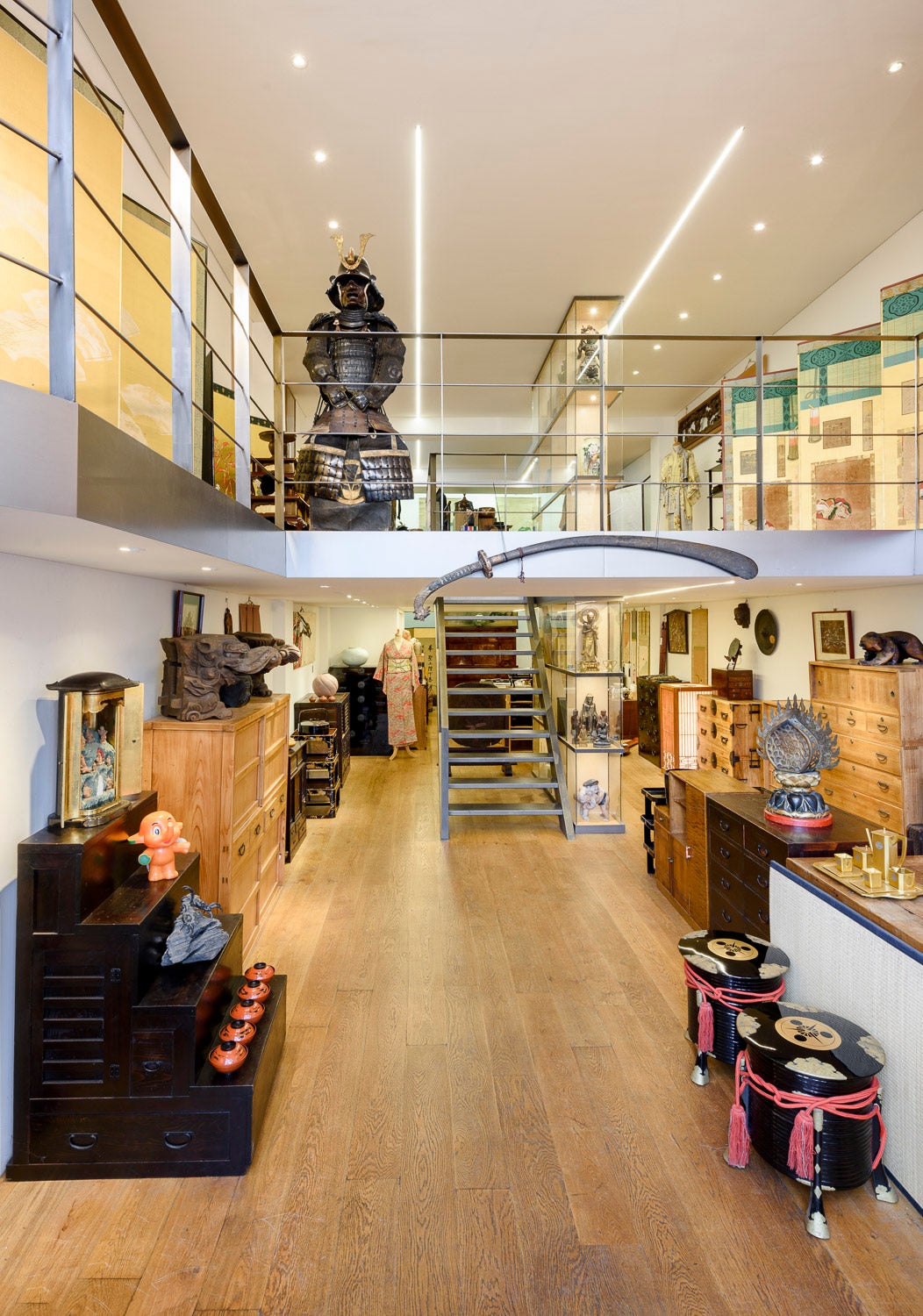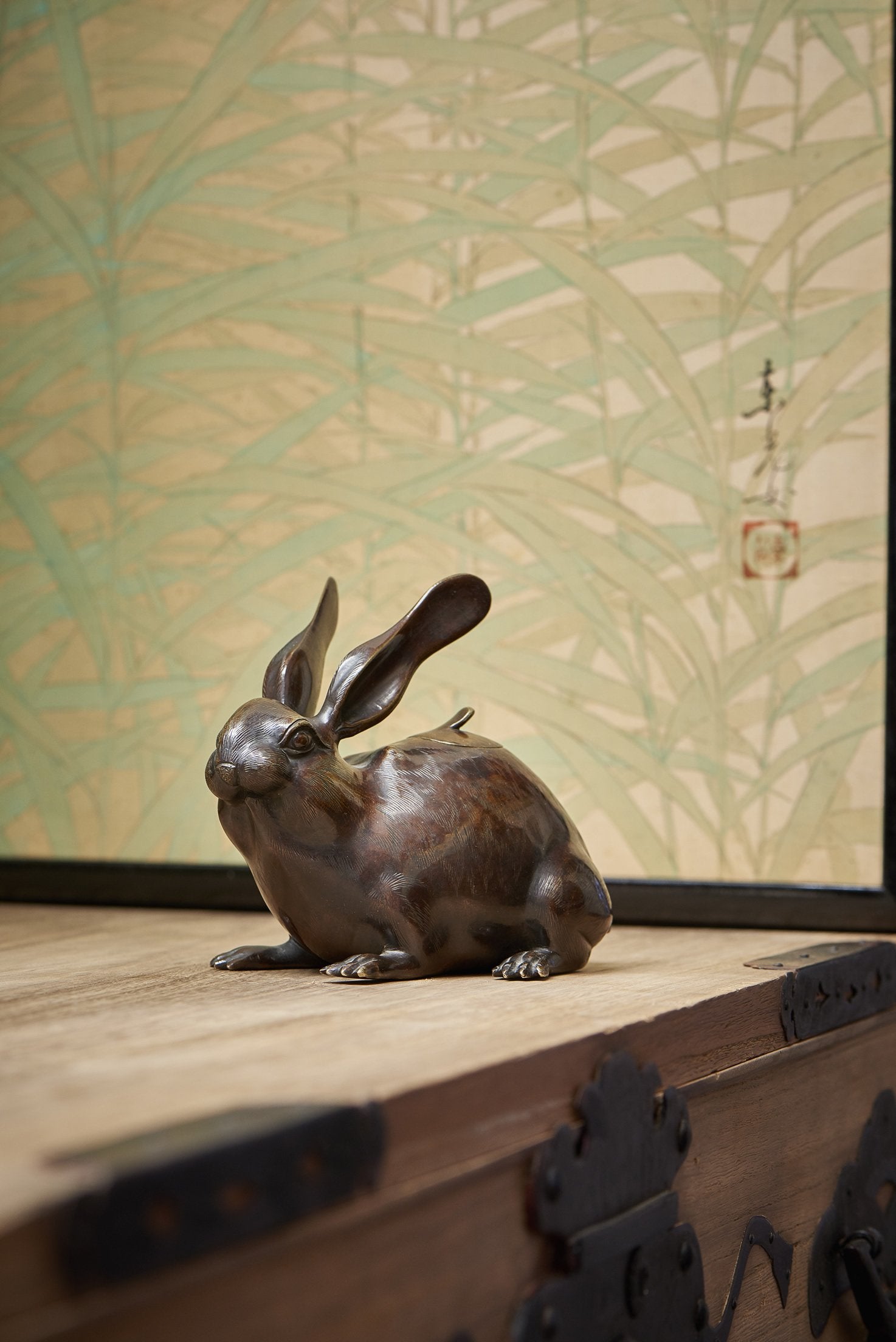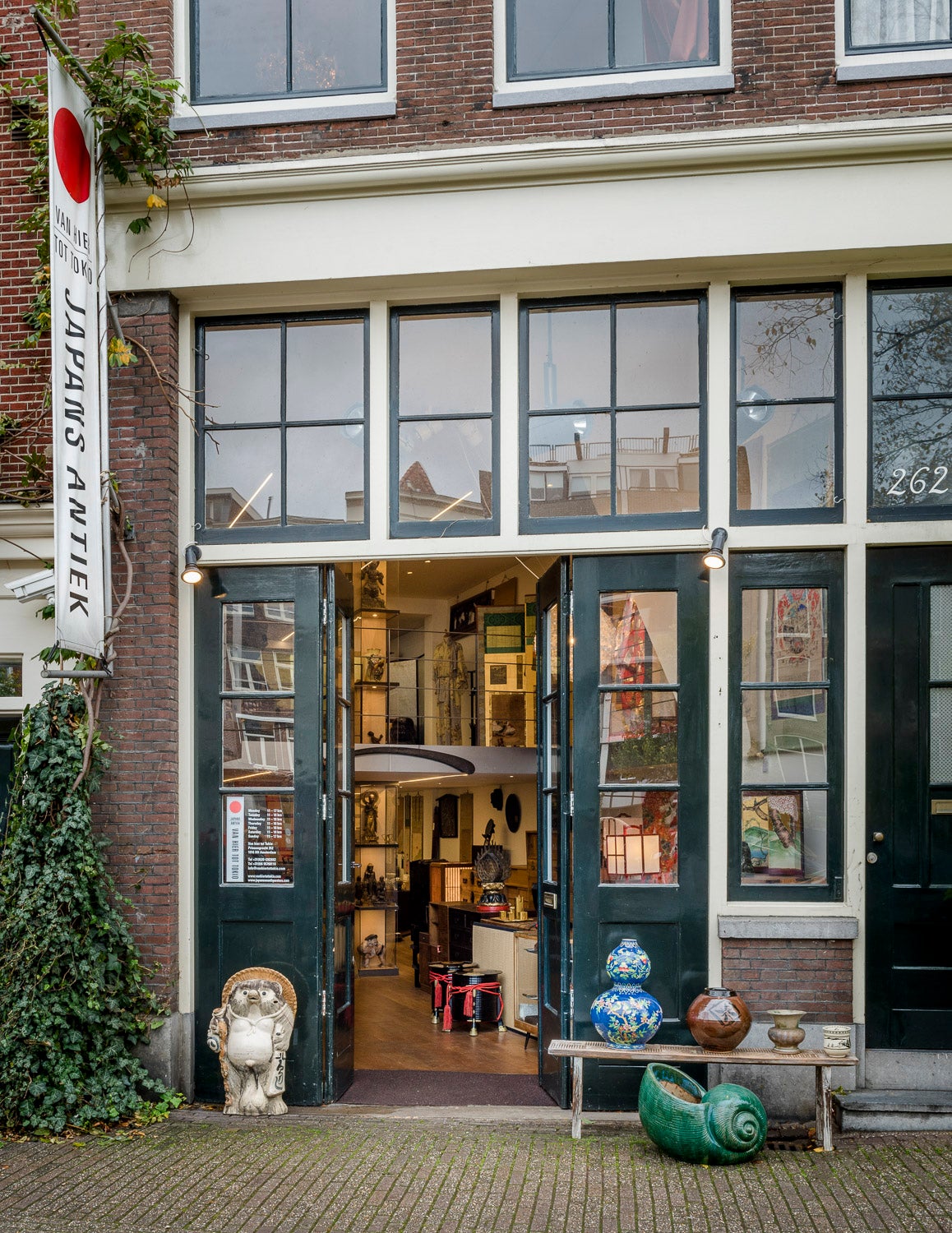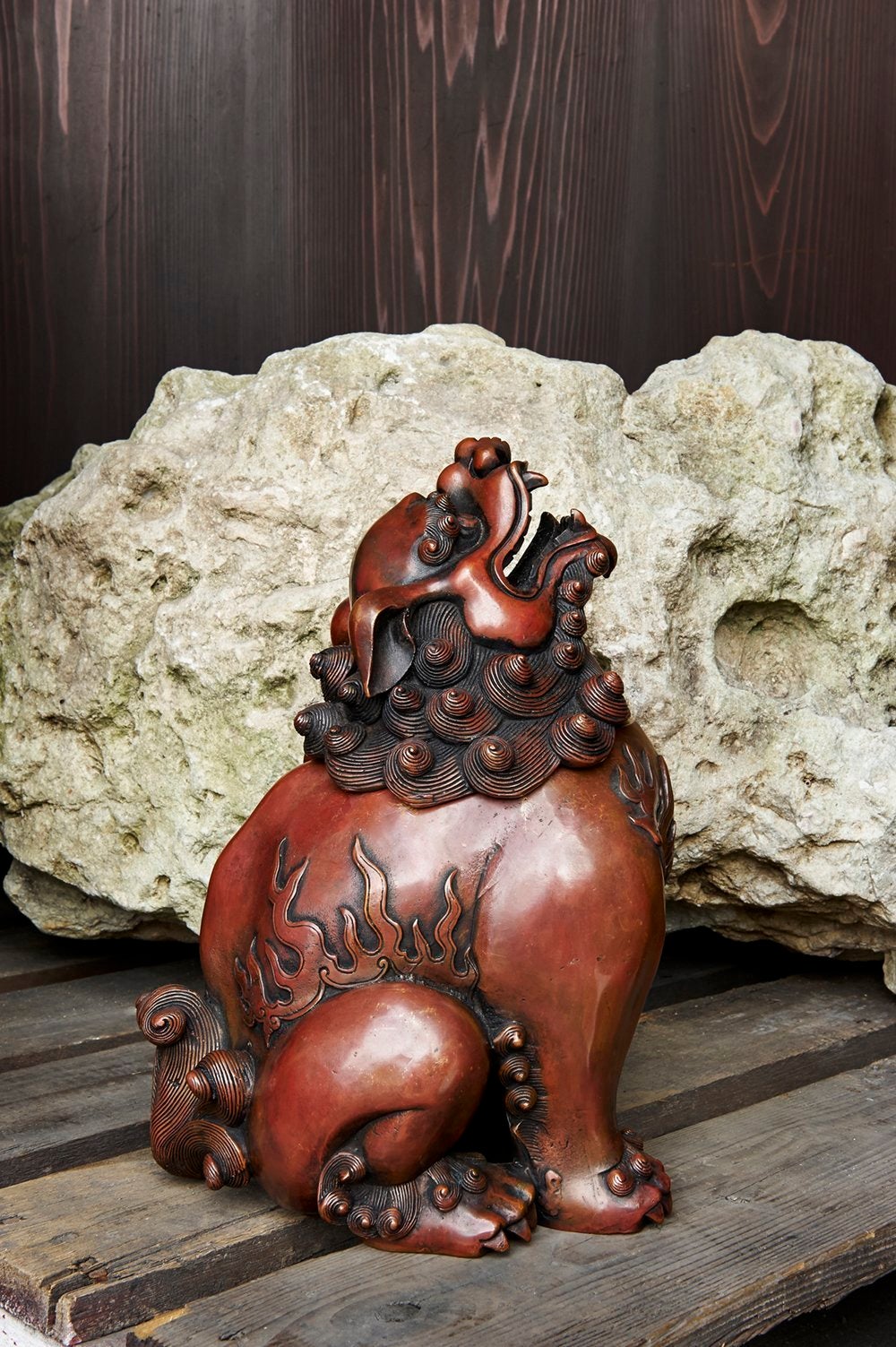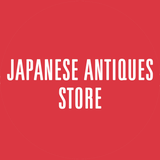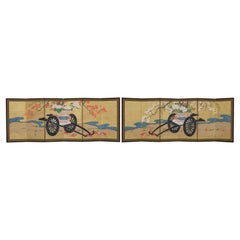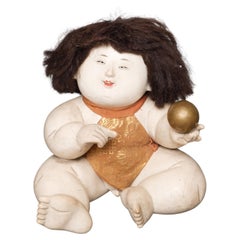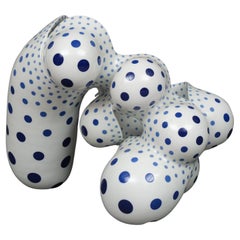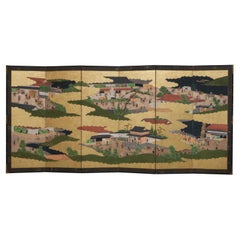About Japanese Antique Store
Japanese Antique Store is stablished in 1996 in the vibrant city of Amsterdam, The Netherlands, and we take pride in directly importing exquisite art objects from Japan. Several times a year, we travel through Japan, exploring auctions, shows, dealers, and collectors. We handpick each piece with meticulous care, ensuring that every item in our collection reflects the rich heritage and beauty of Japanese culture. Nestled in a historic area along the enchanting Prinsengracht-canal, our gallery offers a captivating experience. Step into our renovated space, where you'll e...Read More

Established in 19961stDibs seller since 2022
Featured Pieces
Antique Early 19th Century Japanese Paintings and Screens
Gold Leaf
Antique Early 19th Century Japanese Antiquities
Paste, Silk, Paint
2010s Japanese Ceramics
Porcelain
Antique Early 19th Century Japanese Paintings and Screens
Metal, Gold Leaf
Late 20th Century Japanese Ceramics
Stoneware
Antique Late 19th Century Japanese Lacquer
Brass
Early 20th Century Japanese Metalwork
Bronze
Antique Early 19th Century Japanese Lacquer
Gold Leaf, Silver Leaf
Antique 18th Century Japanese Antiquities
Bronze, Copper, Iron
20th Century Japanese Sculptures and Carvings
Porcelain
20th Century Japanese Ceramics
Porcelain
Antique 19th Century Japanese Lacquer
Brass, Lead
More About Japanese Antique Store
